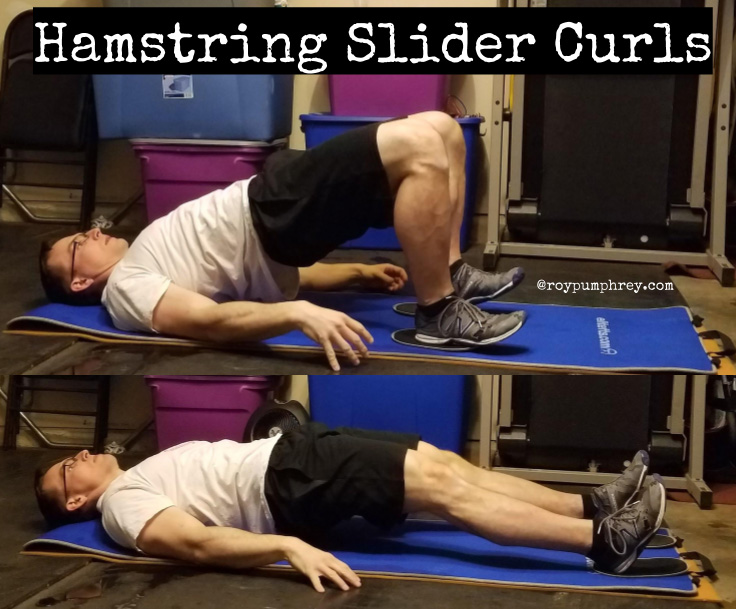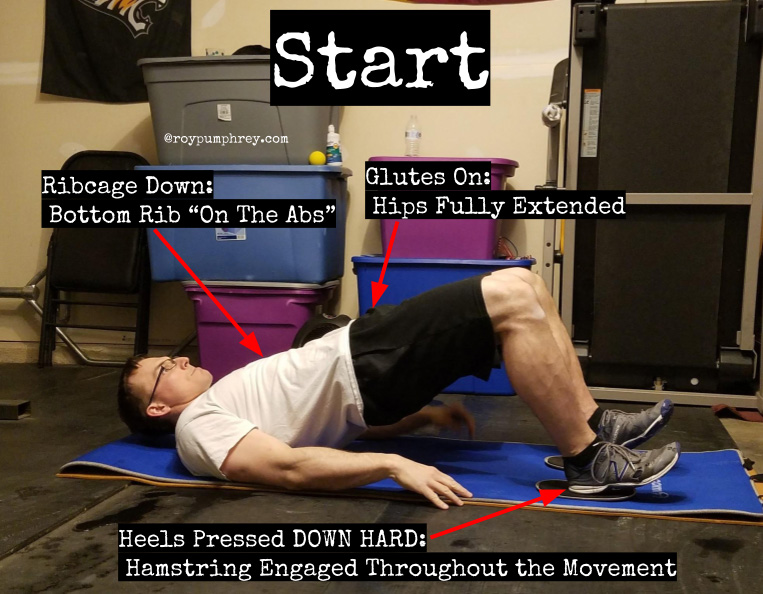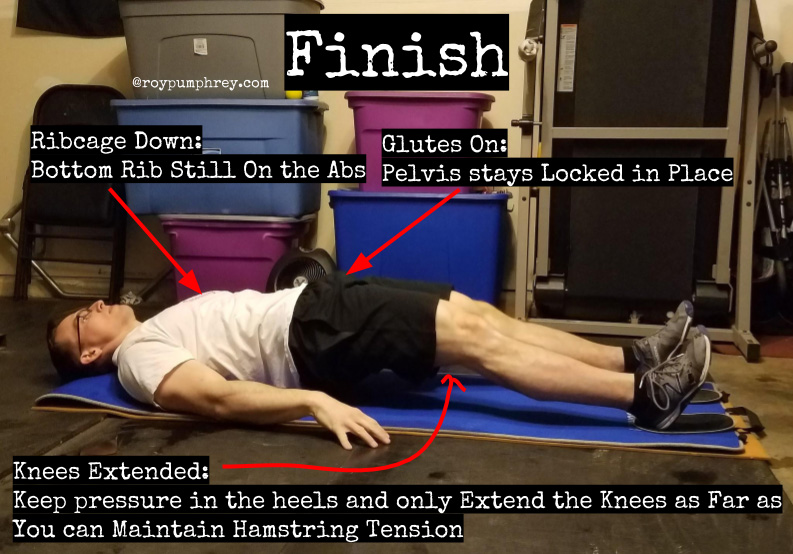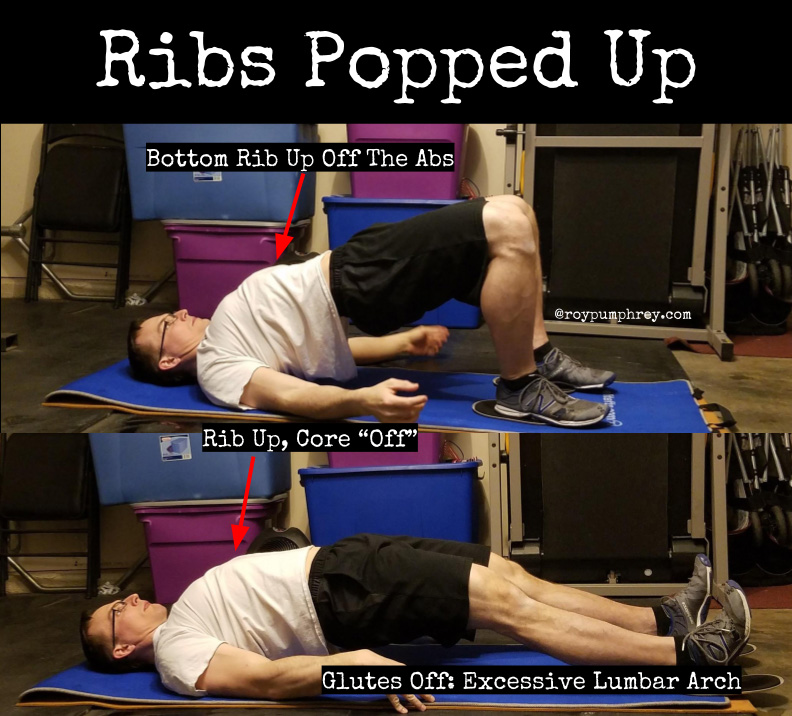
I’m going to tell you something you probably don’t want to hear…
You Have a Weak Core, Ass and Hamstrings…
Just kidding, you read this blog enough to know that already.
The Posterior Chain:
Essentially its all the muscles on the back of the body.
- Calves
- Hamstrings
- Glutes
- Spinal Errectors
- Lats
- Rhomboids
- Traps
- Rear Delts
- Traps
- Triceps
Its important and its usually chronically under trained.
Fun Fact:
Go find the guy in the gym with a big hard ass and a thick heavy yoke (upper back and shoulders) and I’m gonna bet you he’s a strong mutha that can lift some serious stuff.
Hamstrings and Glutes, A Match Made in Heaven:
Hamstrings and Glutes, Glutes and Hamstrings.
They want each other,
need each other,
have to have each other….
Or you can just have hip, knee, and low back pain.
Hip Stability At All Costs:
If your “Core” (think abs and glutes) can’t stabilize your pelvis, the body will compensate to create hip stability.
You’ll find a way.
The body will do whatever it can to find stability from
- Turning the feet out (“fake” glute activation through external rotation of the femur)
- Tightening the hip flexors
- Tightening the hamstrings.
“Hey, I’ve Got Tight Hamstrings!”
Or you’ve just got no core, a weak ass and the result is a poor hip stability strategy.
Fun Thing I’ve learned Through the Years:
Most People DO NOT Have “short”, or “tight” hamstrings.
They have overactive hamstrings that are being recruited to stabilize the pelvis because their glutes and core are not doing that job.
And they, glutes and core, are supposed to do THAT JOB, stabilize the pelvis, that is.
Hamstrings Stabilize the Pelvis?
Yeah, if the glutes and core cant do it, the hamstrings will.
But they do a really craptastic job of it.
Much like what happens when you add an instability to an exercise;
The primary movers (in this case hamstrings) loses force production capability because they have to help stabilize the hip-joint.
Remember, muscles only know length and tension.
If the hamstrings are recruited to stabilize the hips, they’re already “over active”, exerting more tension than normal, at normal length.
Since they’re already “over” active at standing, the hamstrings don’t have much length/ tension available if they get stretched or loaded.
Hamstring Strains: Why They Occur/Recur, Maybe.
No one really knows why, for 100%.
But we all know, once your #1 wideout gets that infamous “hamstring strain” your fantasy football season is down the drain cause that thing is coming back all damn year and at best he’s a shell of what you drafted him as.
Here’s the school(s) of Thought on Hamstring Strains:
1: Low Eccentric Hamstring Strength
It goes like this.
Hamstring gets lengthened under stress <—-eccentric muscle action…..
The muscles cant resist the lengthening and goes pop.
“Hamstring muscle strains often occur when the muscle lengthens as it contracts, or shortens. Although it sounds contradictory, this happens when you extend a muscle while it is weighted, or loaded. This is called an “eccentric contraction.”
During sprinting, the hamstring muscles contract eccentrically as the back leg is straightened and the toes are used to push off and move forward. The hamstring muscles are not only lengthened at this point in the stride, but they are also loaded — with body weight as well as the force required for forward motion.” – OrthoInfo.com
Easy enough, right.
2: Lack of Glute and Core Strength and Endurance
The hamstrings are probably the most important sprinting muscle, if they have to contribute muscle action (force) to stabilize the pelvis (the job the glutes and core should be doing) there’s not enough tension left in the system to handle the force that’s generated and absorbed when sprinting.
Now, if you really think about it these two, may and probably do go hand in hand.
What Do We DO About All This Anyway:
Funny you should ask..
Teach the Glutes and Hams to Work as a “Functional Unit”.
AKA: Team Hip Extension- F#ck Yeah!
Slider Hamstring Curls:


Checklist:
- Ribcage Down: bottom rib stays on the abs the WHOLE TIME. If it comes off the abs, you’ve popped the ribs up and you’re faking lumbar extension for hip extension, and that’s wrong.
- Glutes on from the start: If they turn off EVER, the pelvis is going to shift, and again, WRONG.
- PRESS the heels down: Literally DIG you’re way up to the top.

Bro Tips:
- Think of these as a glute bridge on the way back up. Focus on squeezing the glutes and pressing the hips up AND the heels down simultaneously.
- Concentrate on creating tension, not just sliding the heel back and forth.
- Don’t bring the sliders back too far under you or you’ll “unload” the system. Keep tension throughout.


